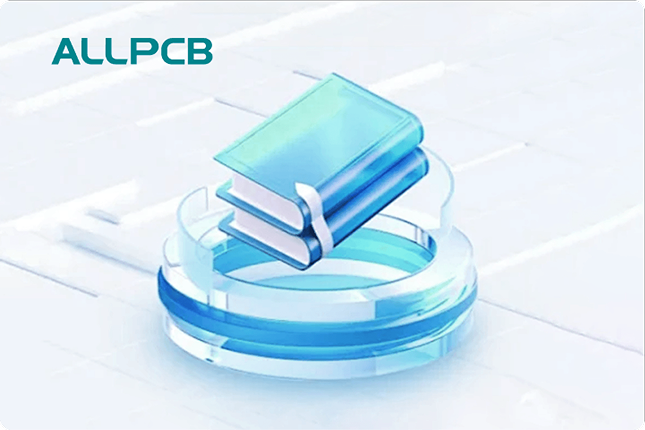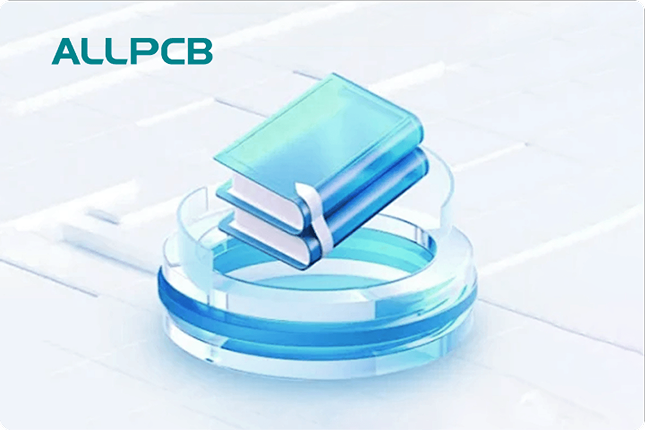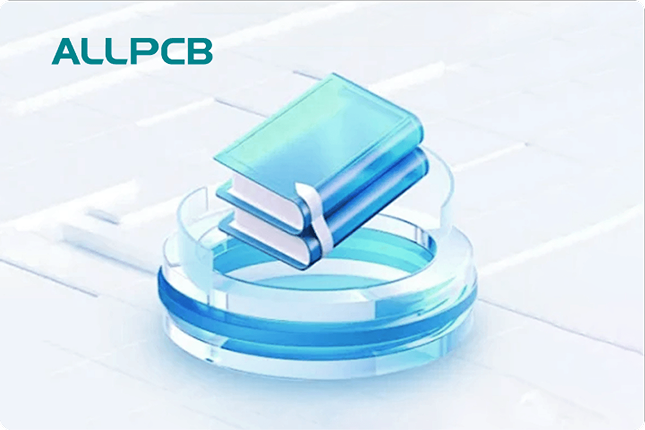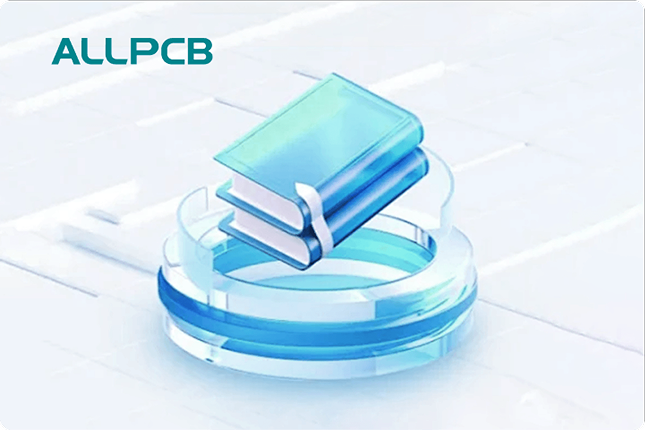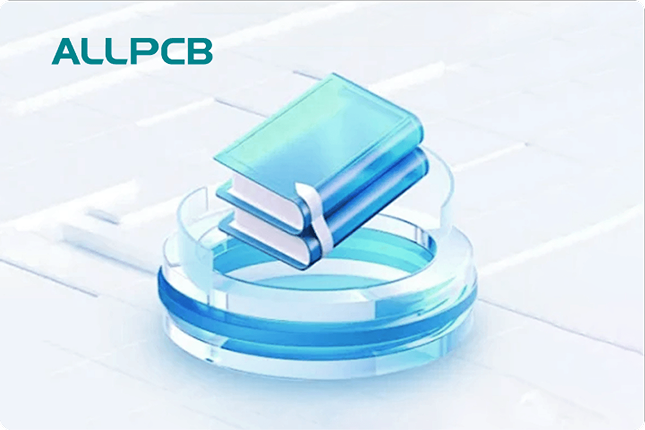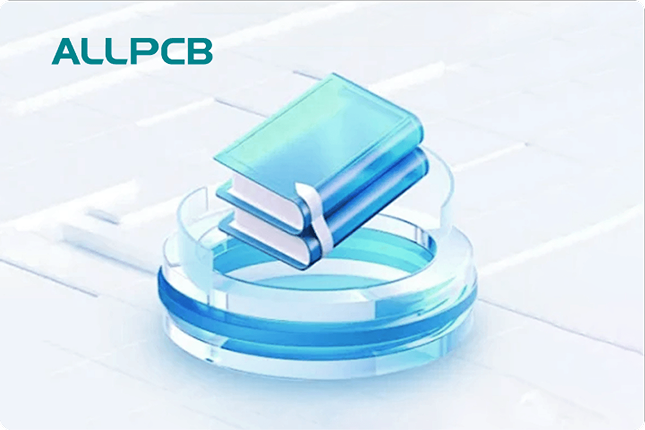If you're looking to extend the shelf life of immersion tin PCBs, proper storage and handling are key. Immersion tin, a popular surface finish for printed circuit boards, is prone to oxidation and contamination if not managed correctly. To protect your boards, store them in a controlled environment with low humidity (ideally 30-50% RH) and stable temperature (around 20-25°C), use moisture barrier bags with desiccants, and minimize exposure to air and contaminants. In this detailed guide, we'll explore best practices for PCB storage and handling to prevent oxidation and ensure long-term reliability.
Understanding Immersion Tin as a PCB Surface Finish
Immersion tin, often referred to as white tin, is a lead-free surface finish applied to the copper traces and pads of PCBs. It provides a thin, uniform layer of tin that protects the underlying copper from oxidation while offering excellent solderability for assembly. This finish is widely used in electronics manufacturing due to its cost-effectiveness and compatibility with fine-pitch components.
However, immersion tin has a significant drawback: it is highly susceptible to oxidation and tarnishing when exposed to air and moisture over time. This can lead to poor solderability and potential failures during assembly. Typically, the shelf life of immersion tin PCBs is around 6 to 12 months under optimal conditions, but improper storage can drastically reduce this timeframe. Understanding the vulnerabilities of this finish is the first step to implementing effective storage and handling practices.
Why Proper PCB Storage Matters for Immersion Tin Finishes
The shelf life of immersion tin PCBs is heavily influenced by environmental factors such as humidity, temperature, and exposure to contaminants. When left unprotected, the tin layer can oxidize, forming a non-solderable surface that compromises the board's functionality. Additionally, moisture can penetrate the board material, leading to issues like delamination or corrosion during assembly.
Contamination from dust, fingerprints, or airborne particles can also degrade the surface finish. For instance, sulfur compounds in the air can cause tarnishing of the tin layer, reducing its effectiveness. Proper PCB storage and handling practices are essential to mitigate these risks and ensure the boards remain usable for as long as possible.
Key Factors Affecting Immersion Tin Shelf Life
To effectively extend the shelf life of immersion tin PCBs, it’s important to understand the primary factors that contribute to degradation. Here are the main culprits:
- Moisture: High humidity levels (above 50% RH) can accelerate oxidation of the tin layer and cause moisture absorption in the PCB material, leading to potential defects.
- Temperature: Extreme temperatures, especially above 30°C, can speed up chemical reactions like oxidation and tarnishing.
- Air Exposure: Prolonged exposure to air introduces oxygen and pollutants that degrade the tin surface.
- Contaminants: Dust, oils from fingerprints, and airborne chemicals can settle on the PCB, causing contamination and reducing solderability.
By controlling these factors through proper storage and handling techniques, you can significantly prolong the usability of your immersion tin PCBs.
Best Practices for PCB Storage to Prevent Oxidation and Contamination
Storing immersion tin PCBs in a way that minimizes exposure to harmful elements is critical. Below are proven strategies for maintaining a controlled environment and protecting your boards.
1. Use Moisture Barrier Bags for Protection
Moisture barrier bags (MBBs) are specially designed to block moisture and protect sensitive components like PCBs from humidity. These bags are typically made of multi-layer materials that create a vapor-proof barrier. When storing immersion tin PCBs, place them in an MBB along with a desiccant packet to absorb any residual moisture inside the bag. Seal the bag tightly to prevent air and humidity from entering.
For added protection, include a humidity indicator card (HIC) inside the bag. An HIC changes color based on the humidity level, allowing you to monitor whether the storage environment remains dry (ideally below 10% RH inside the bag). Studies show that using MBBs can extend PCB shelf life by up to 50% compared to unprotected storage.
2. Maintain a Controlled Environment for Storage
A controlled environment is essential for long-term PCB storage. Aim to keep the storage area at a temperature of 20-25°C and a relative humidity of 30-50%. Avoid areas prone to temperature fluctuations, such as near windows, heaters, or air conditioning vents. High humidity levels above 50% RH can lead to condensation on the PCB surface, accelerating oxidation of the immersion tin finish.
If possible, store PCBs in a dedicated cleanroom or a climate-controlled cabinet. These environments minimize exposure to dust and airborne contaminants while maintaining stable conditions. For smaller operations without access to such facilities, using sealed storage containers with desiccants can provide a similar level of protection.
3. Vacuum Packaging for Extra Security
Vacuum packaging is another effective method to prevent PCB oxidation and contamination. By removing air from the packaging, you eliminate oxygen and moisture that could react with the immersion tin surface. After vacuum-sealing the PCBs, store them in a dry, cool place to further reduce environmental stress. This method is particularly useful for long-term storage or when shipping boards over long distances.
4. Avoid Direct Contact and Contamination
Always handle immersion tin PCBs with clean, lint-free gloves to prevent oils and sweat from fingerprints from transferring to the surface. Even small amounts of contamination can interfere with solderability. Additionally, store PCBs in a way that prevents them from touching each other, as physical contact can cause scratches or transfer contaminants. Use dividers or individual packaging slots to keep boards separated.
Handling Guidelines to Minimize Damage to Immersion Tin PCBs
In addition to proper storage, careful handling of immersion tin PCBs is crucial to avoid physical damage and contamination. Here are some practical tips to follow during manufacturing, inspection, and assembly processes.
1. Limit Exposure Time to Air
Minimize the time that immersion tin PCBs are exposed to open air. The longer the boards are out of protective packaging, the greater the risk of oxidation. If a board needs to be inspected or processed, complete the task quickly and return it to its moisture barrier bag or vacuum-sealed packaging as soon as possible.
2. Use Anti-Static Precautions
Electrostatic discharge (ESD) can damage sensitive components on a PCB, even if they are not yet assembled. Always work in an ESD-safe environment, using grounded workstations, wrist straps, and anti-static mats. Store PCBs in anti-static bags or containers to prevent static buildup during handling or storage.
3. Avoid Harsh Cleaning Methods
If cleaning is necessary, avoid using harsh chemicals or abrasive materials that could damage the immersion tin layer. Use isopropyl alcohol and a soft, lint-free cloth for gentle cleaning, ensuring the board is completely dry before returning it to storage. Excess moisture from cleaning can seep into the board material, leading to long-term issues.
How Long Can Immersion Tin PCBs Be Stored?
Under ideal conditions, immersion tin PCBs can maintain their solderability for 6 to 12 months. However, this shelf life can vary based on storage practices. Boards stored in moisture barrier bags with desiccants in a controlled environment (20-25°C, 30-50% RH) are likely to remain usable closer to the 12-month mark. On the other hand, boards left exposed to air in high-humidity environments may degrade within just a few weeks.
To maximize shelf life, regularly inspect stored PCBs for signs of oxidation or tarnishing. If the tin surface appears dull or discolored, it may no longer be suitable for soldering. In such cases, consider re-finishing the board or using it for non-critical applications to avoid assembly failures.
Additional Tips for Long-Term PCB Storage Success
Beyond the core practices of using moisture barrier bags and maintaining a controlled environment, here are a few extra tips to ensure the longevity of your immersion tin PCBs:
- Label and Date Packages: Clearly label each package with the storage date and contents. This helps track shelf life and ensures older boards are used first.
- Store Off the Ground: Keep PCB storage containers elevated on shelves or pallets to avoid moisture from the floor and reduce the risk of accidental damage.
- Monitor Storage Conditions: Use digital hygrometers and thermometers to continuously monitor humidity and temperature in the storage area. Set alerts for deviations outside the ideal range.
Conclusion: Protecting Your Investment in Immersion Tin PCBs
Immersion tin PCBs are a reliable and cost-effective choice for many electronic applications, but their shelf life depends heavily on proper storage and handling. By using moisture barrier bags, maintaining a controlled environment with stable temperature and humidity, and following careful handling practices, you can significantly extend the usability of your boards and prevent issues like PCB oxidation and contamination.
Implementing these best practices not only protects your investment but also ensures consistent performance during assembly. Whether you're storing boards for a few weeks or several months, taking the time to create a protective environment will pay off in the form of reliable, high-quality PCBs ready for production. Start applying these strategies today to safeguard your immersion tin PCBs and maintain their integrity for as long as possible.
 ALLPCB
ALLPCB


